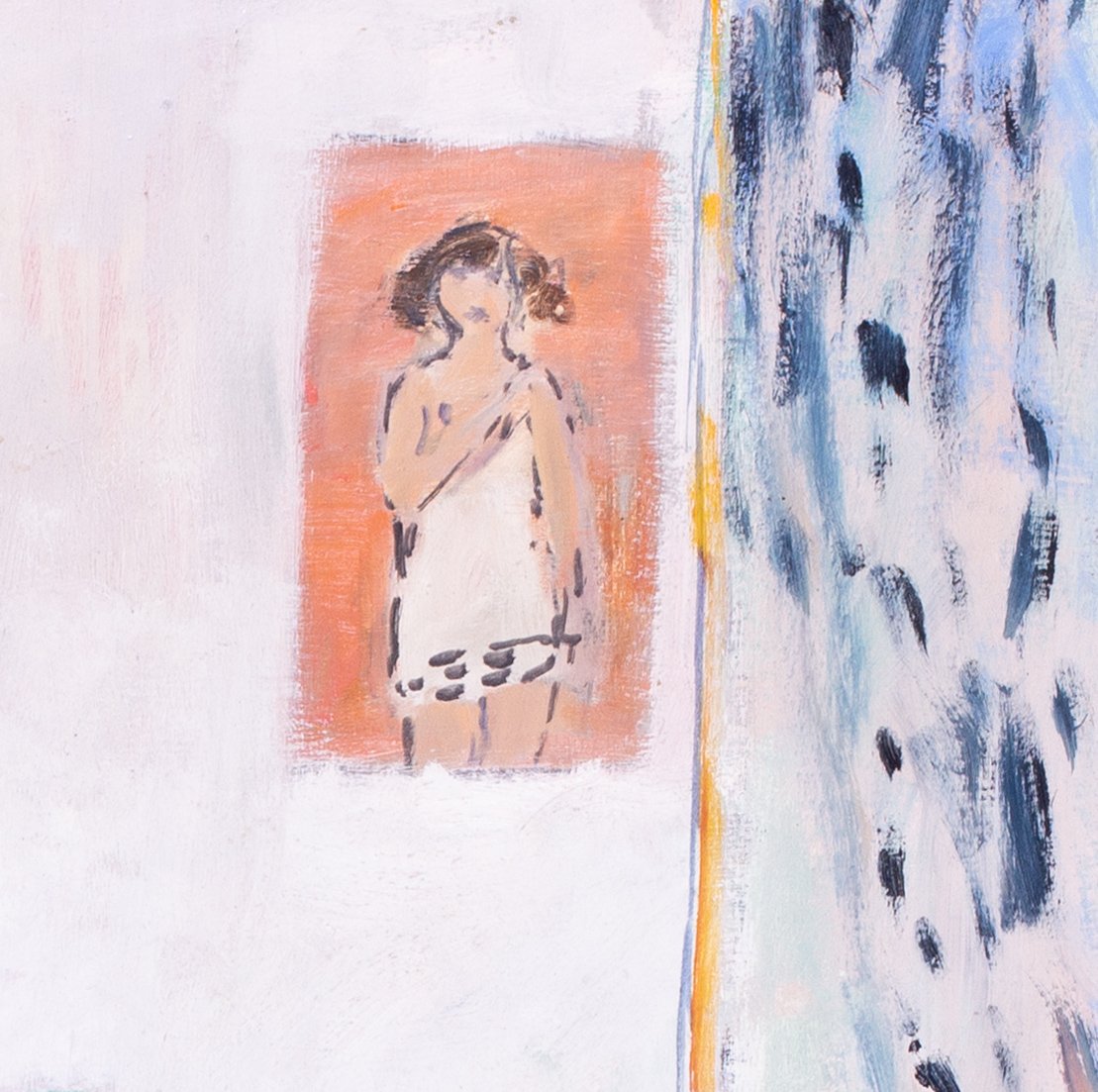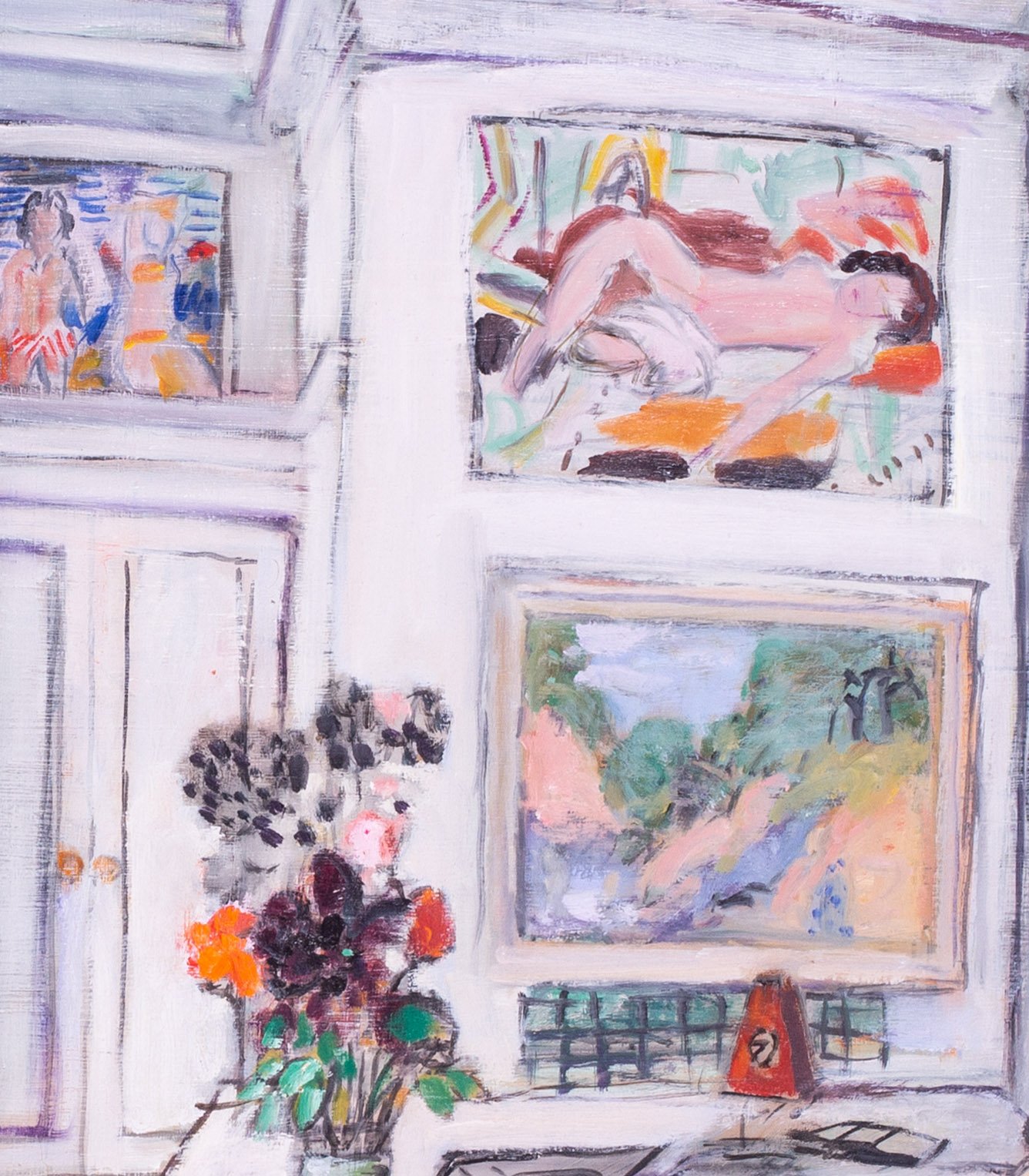Roy SPENCER (BRITISH, 1918 - 2006)
Born in Stamford, Lincolnshire, Spencer grew up in Stroud, Gloucestershire, and articled as an architectural pupil in 1936. During the war Spencer served with the Royal Engineers in Egypt and Italy, and it was during this time that he met John Stanton Ward, who became a life long friend. Often drawing together, Ward’s enthusiasm was inspirational and galvanising, and on demobilisation Spencer enrolled at Chelsea School of Art, whilst simultaneously teaching at Wimbledon. Upon finishing at Chelsea as a student he became a tutor there, working with Robert Medley, Raymond Coxon, Susan Einzig, Julian Trevelyan and Elisabeth Frink. He also became a visitor at Camberwell. Amongst his students were Quentin Blake, Euon Uglow and Roger Phillips.
Under Spencer the life-room at Chelsea became something of an institution, as one of the last bastions to encourage drawing from life in the post-war era. The room was very much his creation, stuffed with antique casts, plants and richly patterned textiles. The genius loci was an inspiration to generations of students.
In 1949 Spencer married his first wife Joyce Standen, a fellow Chelsea student. They lived in Parsons Green, where he was a familiar figure driving down the King’s Road in his 1937 Rolls Royce. The house was often filled with friends; John Ward, Jehan Daly, Patrick Symons, Steven Sykes, Ceri Richards, and their families, for musical soirees and lively parties.
The fifties and sixties also brought Spencer lucrative illustration work for Bodley Head, JWT, Shell and magazines such as House and Garden and Contact. He exhibited from time to time in mixed exhibitions at the Royal Academy Summer Show and the New English Art Club.
His one-man exhibitions were sporadic: 1950 TrAafford Gallery, 1970 Bath Festival, and later: the Workshop Gallery, and six one-man exhibitions at Sally Hunter Fine Art, the last in 2001.
In 1978 Spencer married Carolyn Dinan, author and illustrator, and lived the rest of his life near the river in Kingston upon Thames. He retired from Chelsea circa 1989. Spencer died in 2006.
Spencer’s subject matter is informed by his fondness for the eastern exotic and architecture, for France and Italy, for Matisse and Dufy, and the bustle of the passing world. His enthusiasm for life communicates itself through the liveliness of line in his watercolours and drawings, as well as through the quiet, steady gaze of his models in his oil paintings. They both entertain and engage; they exude the stuff of life.


























